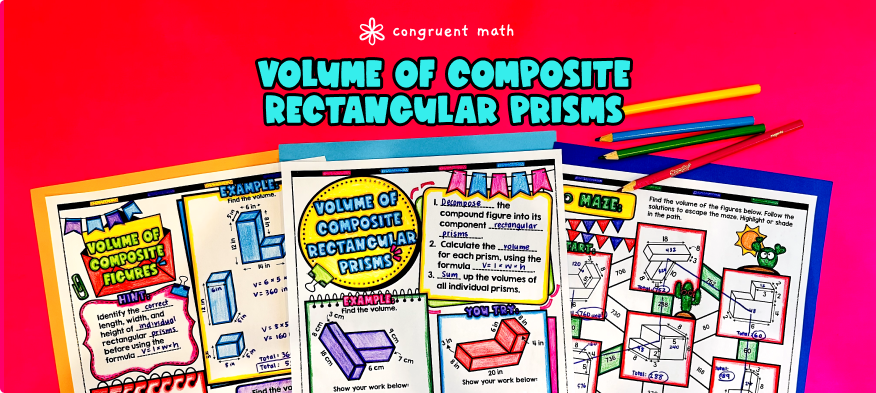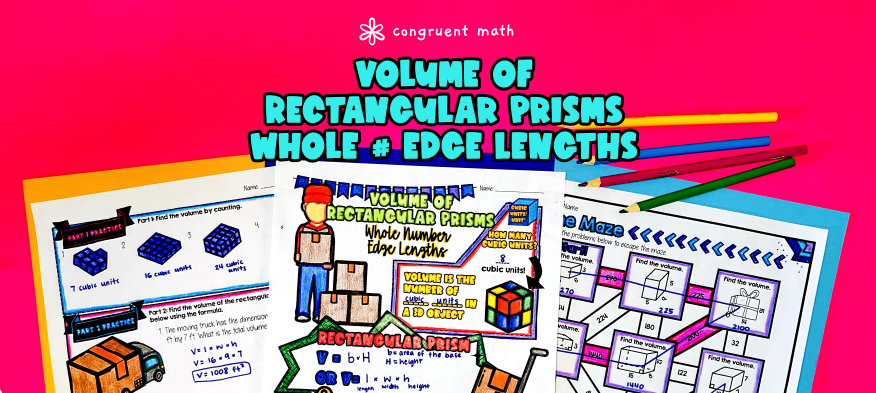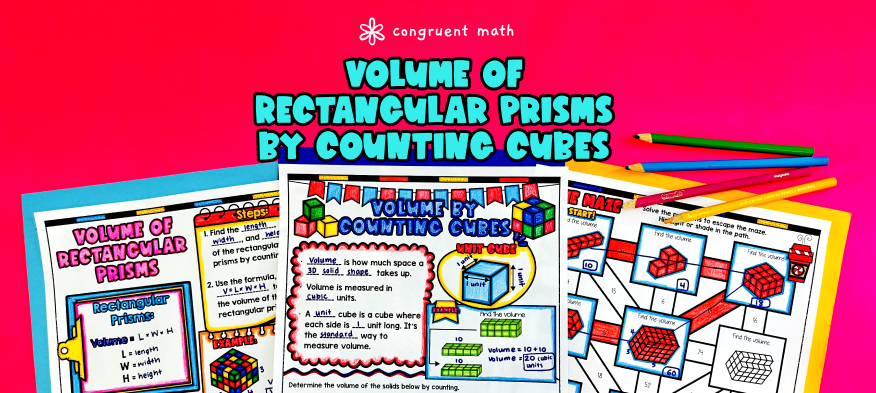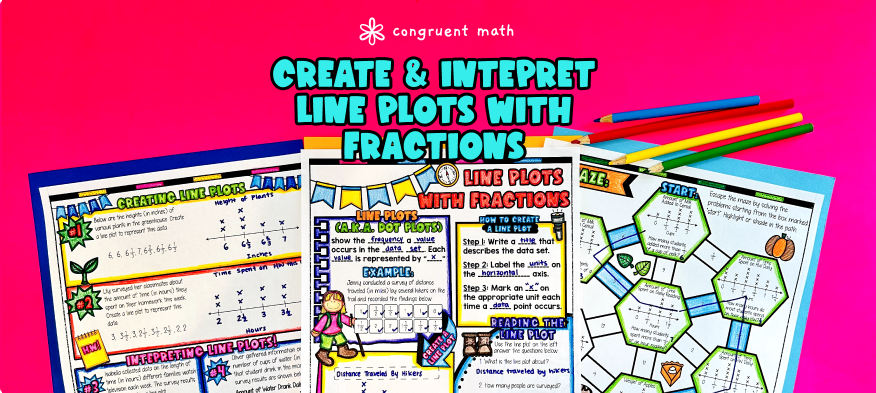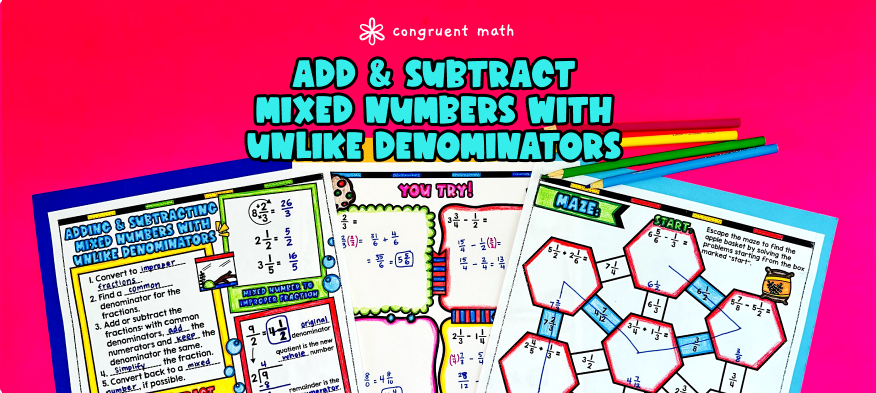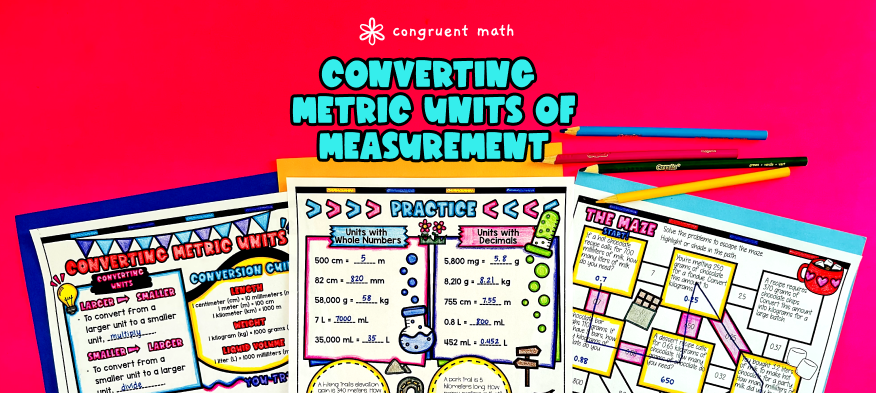About This Lesson
Ever wondered how to teach probability of simple events in an engaging way to your 7th grade students? In this lesson plan, students will learn about simple probability and its real-life applications. Through artistic, interactive guided notes, check for understanding, and practice activities such as a doodle & color by number activity and a maze worksheet, students will gain a comprehensive understanding of probability. The lesson concludes with a real-life example that explores how probability is used in practical situations.








